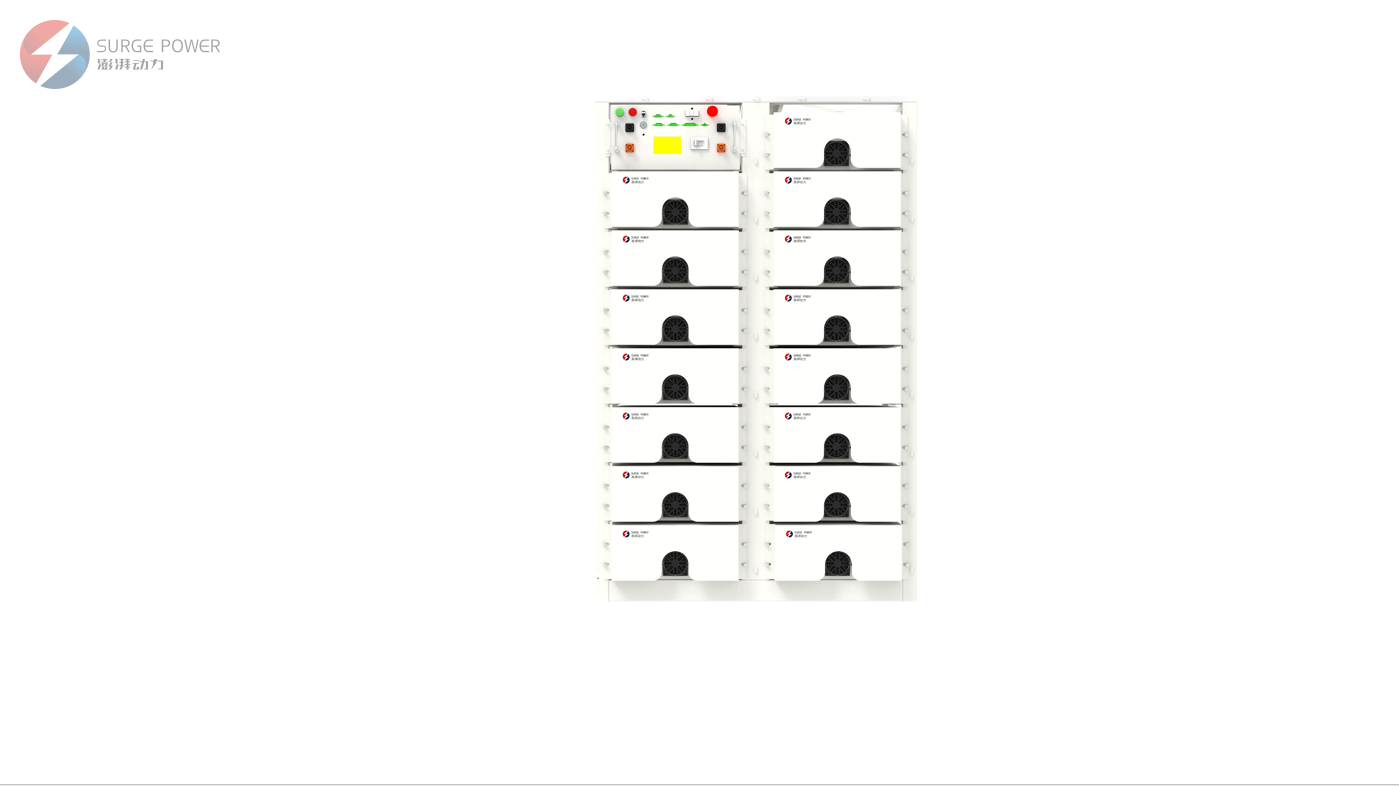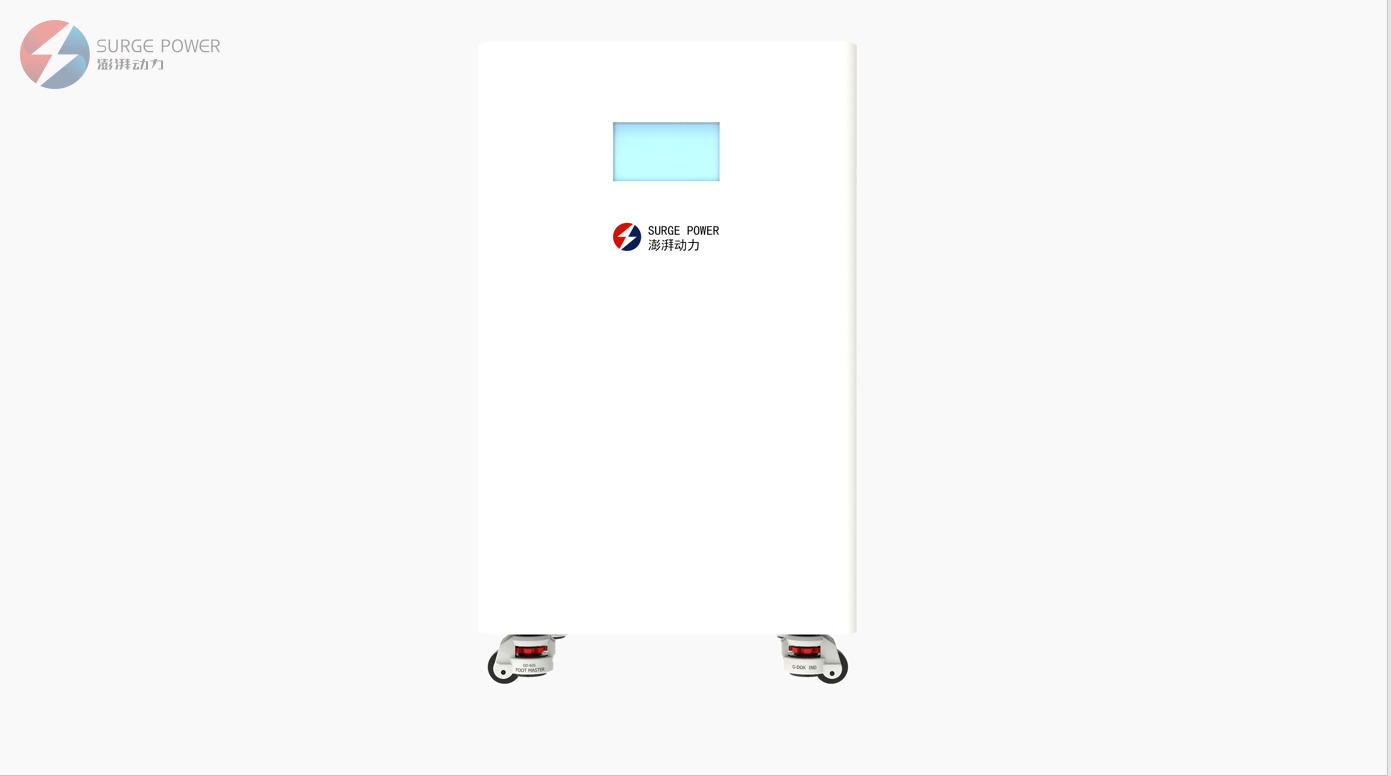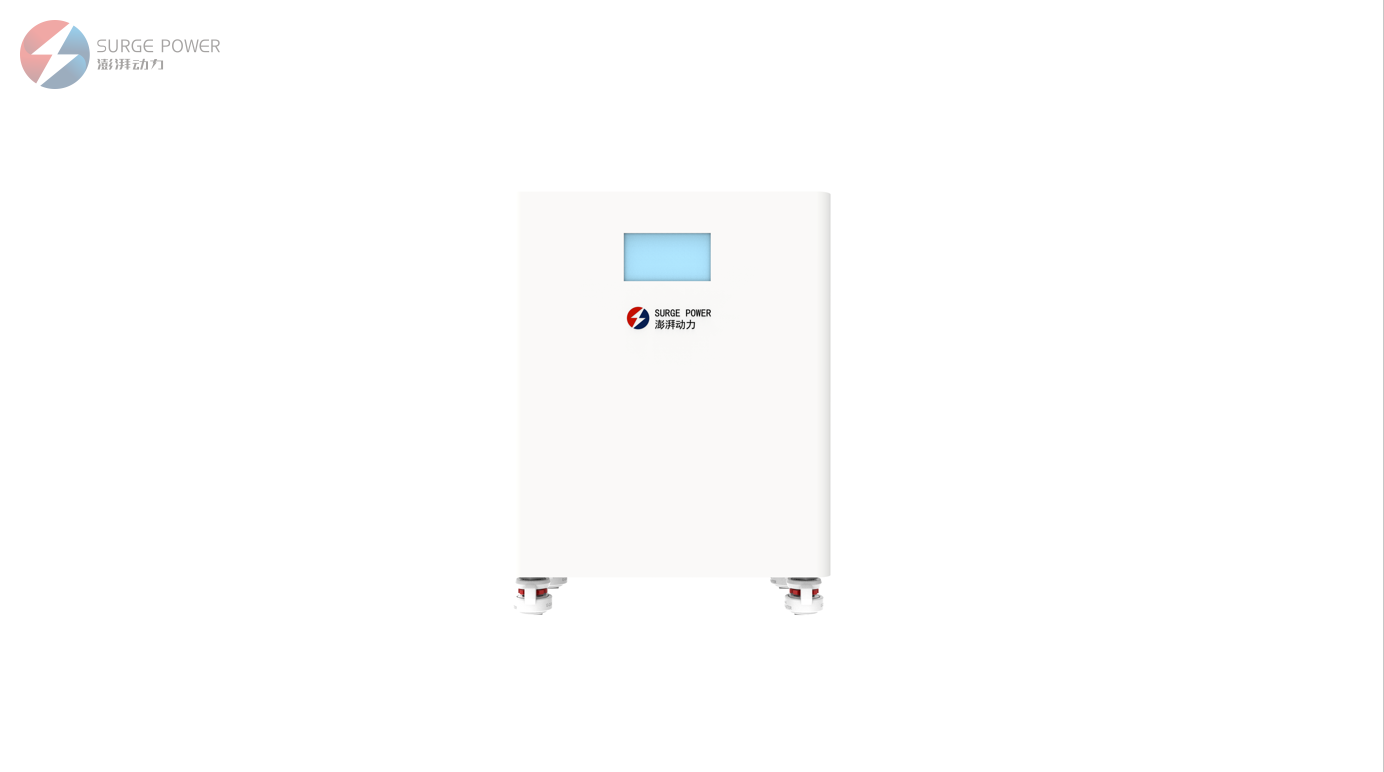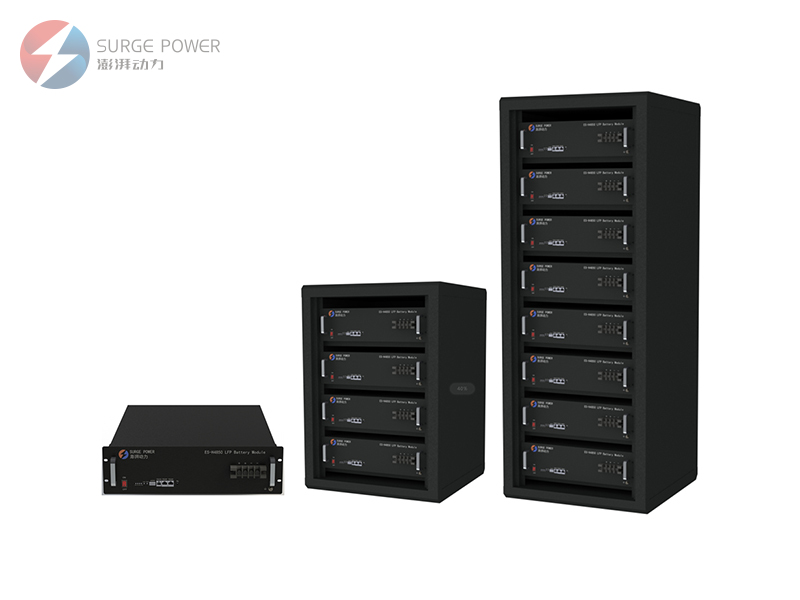
NEWS CENTER
We specialize in home energy storage, industrial and commercial energy storage
The difference between lithium battery and lithium ion battery
- Categories:Lithium Battery News
- Author:
- Origin:
- Time of issue:2021-04-28 16:26
- Views:
(Summary description)Lithium battery is a type of battery that uses lithium metal or lithium alloy as the positive/negative electrode material and uses a non-aqueous electrolyte solution. Due to the very active chemical properties of lithium metal, the processing, storage and use of lithium metal have very high environmental requirements. With the development of science and technology, lithium battery has become the mainstream.
The difference between lithium battery and lithium ion battery
(Summary description)Lithium battery is a type of battery that uses lithium metal or lithium alloy as the positive/negative electrode material and uses a non-aqueous electrolyte solution. Due to the very active chemical properties of lithium metal, the processing, storage and use of lithium metal have very high environmental requirements. With the development of science and technology, lithium battery has become the mainstream.
- Categories:Lithium Battery News
- Author:
- Origin:
- Time of issue:2021-04-28 16:26
- Views:
Lithium battery is a type of battery that uses lithium metal or lithium alloy as the positive/negative electrode material and uses a non-aqueous electrolyte solution. Due to the very active chemical properties of lithium metal, the processing, storage and use of lithium metal have very high environmental requirements. With the development of science and technology, lithium battery has become the mainstream.
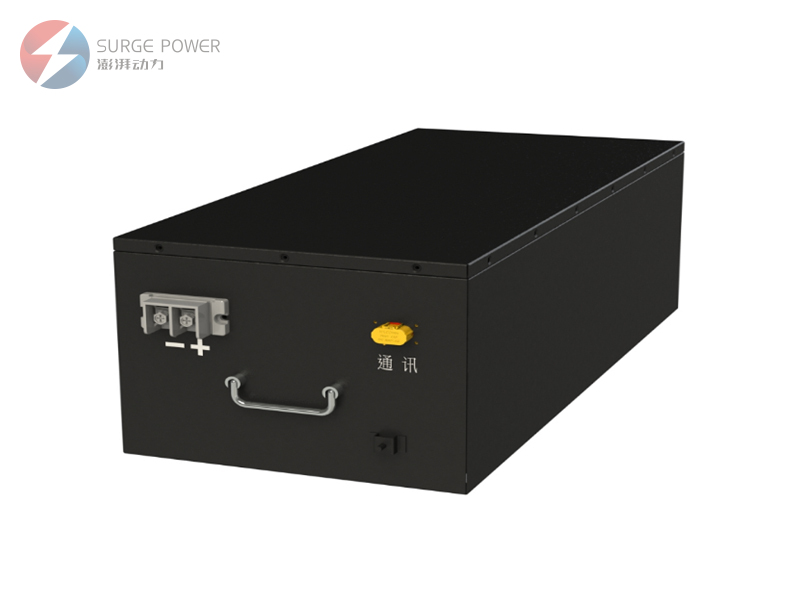
Lithium batteries can be roughly divided into two categories: lithium metal batteries and lithium ion batteries. Lithium-ion batteries do not contain metallic lithium and are rechargeable. The safety, specific capacity, self-discharge rate and performance-price ratio of rechargeable lithium batteries are better than lithium-ion batteries. Due to its own high-tech requirements, only a few companies in a few countries are producing such rechargeable lithium batteries.
Lithium-ion batteries are generally batteries that use lithium alloy metal oxide as the positive electrode material, graphite as the negative electrode material, and non-aqueous electrolyte. It mainly relies on lithium ions to move between the positive and negative electrodes to work. In the process of charging and discharging, intercalation and deintercalation are carried out back and forth between the two electrodes: during charging, the intercalation is deintercalated from the positive electrode, and the negative electrode is inserted into the negative electrode through the electrolyte, and the negative electrode is in a lithium-rich state; the opposite is true during discharge.
Cell phones and laptops use lithium-ion batteries, which are commonly referred to as lithium batteries. Batteries generally use materials containing lithium as electrodes, which are representative of modern high-performance batteries. The real lithium battery is rarely used in daily electronic products due to its high risk.
Lithium-ion batteries are easily confused with the following two types of batteries:
(1) lithium battery: Use metal lithium as the negative electrode.
(2) Lithium-ion battery: Use non-aqueous liquid organic electrolyte.
(3) Lithium ion polymer battery: use polymer to gel liquid organic solvent, or directly use all solid electrolyte. Lithium-ion batteries generally use graphite-based carbon materials as the negative electrode.
Scan the QR code to read on your phone
- Related Products
- PRODUCT
CONTACT US
Copyright © 2021 Suzhou Surge Power Technology Co., Ltd. All Rights Reserved 苏ICP备2020068098号-1 Privacy Policy
Powered by:www.300.cn IPv6 is supported




